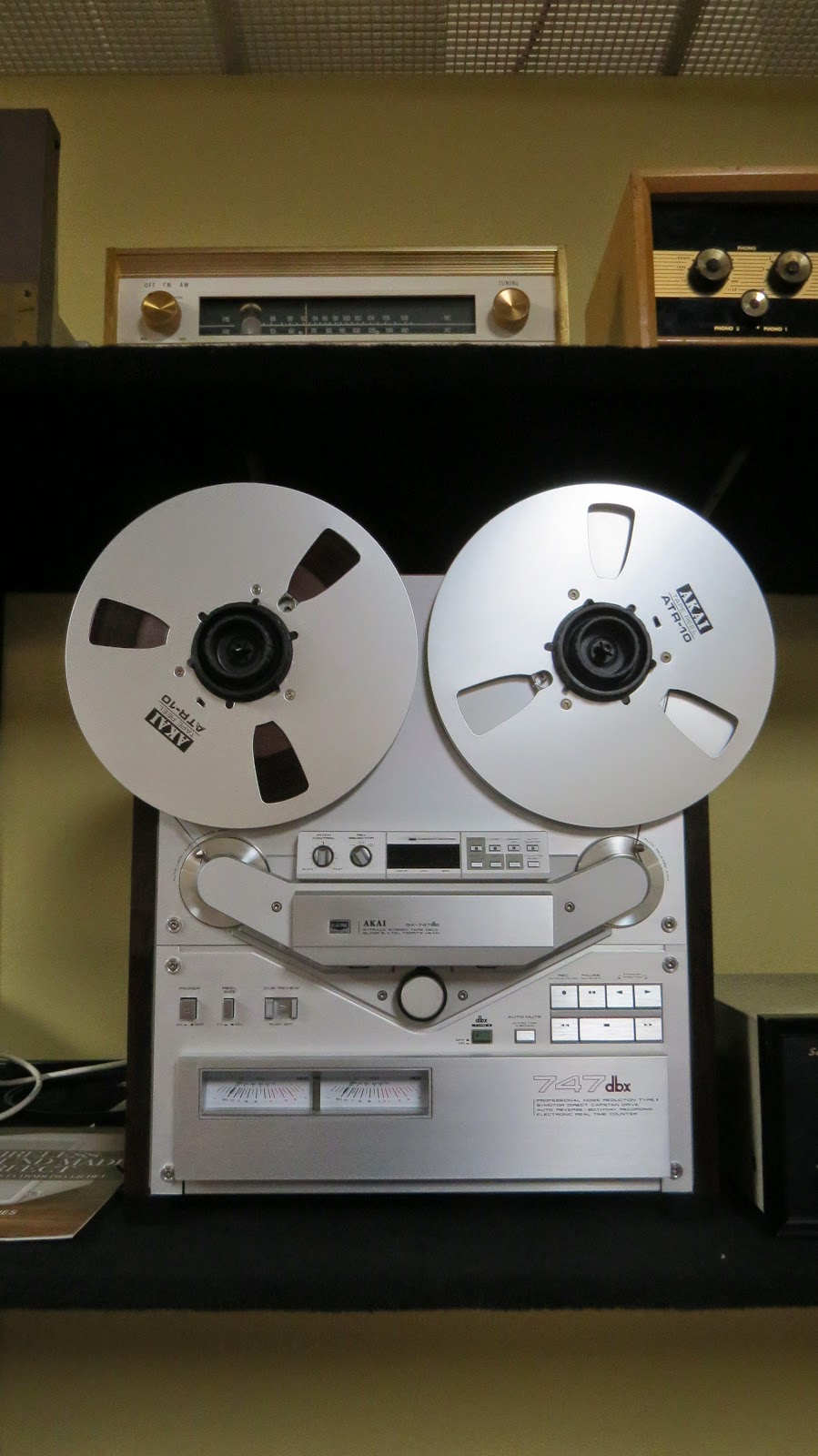What was being said about old stereo equipment is interesting and instructional.
Heathkit Model AA-151 stereo amplifier (PICTURED ABOVE -- at Electronics Diversified).
"A four input selector switch provides choice of magnetic phono, crystal phono, tuner or high level auxiliary input for tape recorder, TV, etc."
"The husky power supply which employs a GZ34 rectifier tube, provides the voltage regulation essential for high power output, while maintaining low distortion levels."
http://www.heathkit-museum.com/hifi/hvmaa-151.shtml
QUOTE
One of the most remembered and sought-after reel-to-reel recorder although, arguably, not the "best" - we could name the Technics RS-1500Useries or the Sony TC-880-2 to name but two masterpieces.
But what lavish looks the 747 was graced with ! And it sold extremely well, too ! But it couldn't spin at 38cm/s.
The GX-747 wasn't an all-new design : it was much too late in 1981 to develop for an already weakening market.
The 747 is thus mainly an updated GX-646which itself was an updated GX-635...
An anything dbx-equipped, the sonic results are amazing (a m a z i n g) but whether to give credit to the recorder or the dbx system is an open debate.
One of the most remembered and sought-after reel-to-reel recorder although, arguably, not the "best" - we could name the Technics RS-1500Useries or the Sony TC-880-2 to name but two masterpieces.
But what lavish looks the 747 was graced with ! And it sold extremely well, too ! But it couldn't spin at 38cm/s.
The GX-747 wasn't an all-new design : it was much too late in 1981 to develop for an already weakening market.
The 747 is thus mainly an updated GX-646which itself was an updated GX-635...
An anything dbx-equipped, the sonic results are amazing (a m a z i n g) but whether to give credit to the recorder or the dbx system is an open debate.
Teac X-1000R bi-directional reel to reel tape recorder at Electronics Diversified. These were put on the market in 1981.
I plan to buy one for experimental purposes. I like the idea of making Str8 Sounds electronic music that uses the most ancient techniques (reel tape manipulations) paired with state-of-the-art digital/analog synthesizers, plus harmonicas, Farfisas, mandolins and slide whistles where appropriate.
http://www.stockhausen.org/tape_loops.html
QUOTE
Karlheinz Stockhausen who in 1953 produced the first synthetic tones in music, In 1952, while he was studying with Olivier Messiaen at the Conservatory in Paris, Stockhausen met Schaeffer and arranged to begin experiments at theStudio for Musique Concrète of the French Radio. It was there in 1952/53 that he produced his first work of musique concrète, Etude.
The first significant electronic music event was, arguably, in 1948 when Pierre Schaeffer produced a Concert of Noises for the French radio. Although it consisted mainly of modified recordings of natural and instrumental sounds, this musique concèrte was responsible for many of the basic techniques which were to be used in the production of early electronic music.
These so-called classical studio techniques are methods of tape manipulation in which individual sounds are recorded onto separate pieces of tape which are then cut into small pieces, rearranged and spliced together, or interspersed with pieces of blank tape to create rhythms. Sounds can be made into tape loops, played backwards, mixed with other sounds, sped up, slowed down, filtered, reverberated, etc...
http://www.bassboy.com.au/getreel/site/samples/cc/x1000r/x1000r.htm
END QUOTE
Pin It
Karlheinz Stockhausen who in 1953 produced the first synthetic tones in music, In 1952, while he was studying with Olivier Messiaen at the Conservatory in Paris, Stockhausen met Schaeffer and arranged to begin experiments at theStudio for Musique Concrète of the French Radio. It was there in 1952/53 that he produced his first work of musique concrète, Etude.
The first significant electronic music event was, arguably, in 1948 when Pierre Schaeffer produced a Concert of Noises for the French radio. Although it consisted mainly of modified recordings of natural and instrumental sounds, this musique concèrte was responsible for many of the basic techniques which were to be used in the production of early electronic music.
These so-called classical studio techniques are methods of tape manipulation in which individual sounds are recorded onto separate pieces of tape which are then cut into small pieces, rearranged and spliced together, or interspersed with pieces of blank tape to create rhythms. Sounds can be made into tape loops, played backwards, mixed with other sounds, sped up, slowed down, filtered, reverberated, etc...
http://www.bassboy.com.au/getreel/site/samples/cc/x1000r/x1000r.htm
END QUOTE
Pin It




No comments:
Post a Comment